Whether you’re an enthusiastic beginner or a seasoned artist, there always comes a point when you wonder what—if anything—sets your work apart. You know you want to find your own creative style or identity, but you’re not sure where to begin. Ironically, the pursuit to find your artistic voice typically starts by emulating someone else’s work.

Many iconic artists throughout history learned from or were greatly influenced by other masters. Vincent Van Gogh and Paul Gauguin painted together, Mary Cassatt studied with Jean-Léon Gérôme and Edgar Degas, and several renowned artists in the Impressionist movement learned at the feet of Jean-Baptiste-Camille Corot. Yet, they all nurtured individual styles that differentiated them from their peers or teachers.
Similarly, musicians start covering their favorite songs before finding their own rhythm. Writers try to infuse their pages with the language of their heroes until their own voice speaks louder. Nothing memorable is created in a vacuum.
Forge Your Own Path
As your confidence is built through creating a body of work, you may be ready to identify and shape your personal style. This means being more thoughtful and deliberate in choosing your own subject matter, medium, color schemes, or other elements.
Anyone who’s taken one of my classes knows I’m a big fan of writing prompts, so get some paper and ask yourself a few questions:
- Who are your top three favorite artists and why?
- What are you drawn to when visiting a museum or gallery? Subjects, medium, message, style?
- What do you doodle or draw when you’re not thinking about it?
- What particular interests light you up? E.g., nature, architecture, history, your kids, pets, fantasy, fashion, etc. List all your favorites, art-related or not.
- How does your art make you feel?
- How do you want it to impact those who see it?
- What do you like most about your work? Can you expand upon that?
Permission to Play
Don’t try to decide one day that you’re going to define your style and that’s that. Experiment with new supplies or themes and move where the spirit takes you. Move on if it doesn’t lead anywhere fun. Pay attention to how you feel when creating because you make art for yourself first; the sharing comes later.
Here are my 7 quick tips for discovering and defining your unique artist voice:
- Follow your obsessions down every alley; Google, books, screenshots, you name it.
- Visit an art museum or gallery and take notes on what works and artists call to you. Don’t overthink.
- Use a dedicated sketchbook or art journal to experiment and develop new ideas.
- Practice not only makes perfect, but it also hones your skills while you explore different styles.
- Embrace the evolution of your work; it will change. (“But I don’t do abstract.” Maybe you do now!)
- Give yourself permission to make crap. Every successful artist has work that will never see the light of day, but it was all necessary.
- Don’t chase your tail trying to predict what people will like or buy – their tastes are subjective and transitory.
Ultimately, when you’re enjoying the process and you love the results, it will show. And pay attention if that joy materializes as a visible thread throughout your body of work. It may be a sign that you’ve moved on from cover bands, genres, or blue periods, and found your uniquely you artistic voice.


